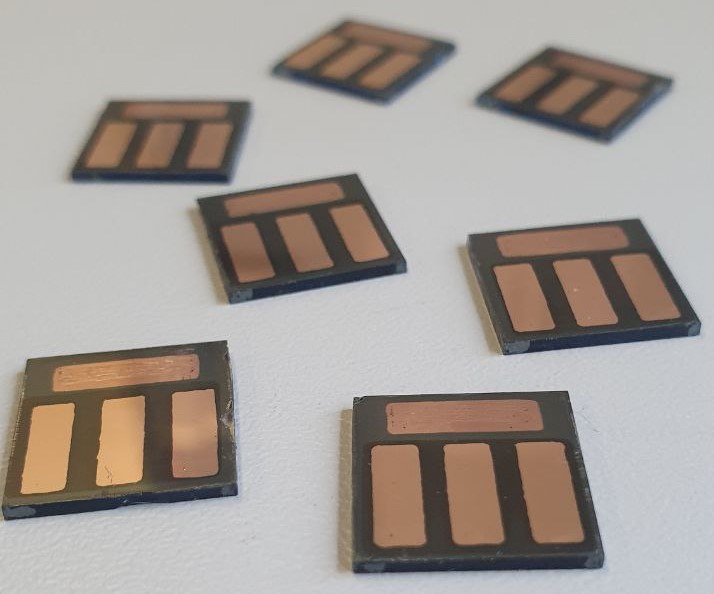A international group of scientists led the University of Konstanz in Germany has fabricated an inverted perovskite solar cell with a passivation technique utilizing a mixed solvent vapor annealing method based on ethylenediamine (EDA).
“Our work shows how simple passivation can improve both the performance and operational stability of a perovskite solar cell,” researcher Azhar Fakharuddin told pv magazine.
The scientists said EDA has been used in previous research projects to suppress the defect states in different kinds of perovskite.
“It, however, remains unclear as to how the EDA contributes to the morphology, defect passivation and optoelectronic properties of perovskite films,” they said.
They applied their EDA passivation technique via solvent vapor annealing followed by annealing at 90 C for 30 minutes to a film based on a type of lead-halide perovskite known as methylammonium lead iodide (MAPbI3). They claimed they were able to achieve enhanced crystallinity and a densely packed film morphology featuring larger grains than a non-passivated reference film.
They annealed the film under a vacuum chamber after spin coating and then placed it in a controlled EDA vapor environment with a concentration of 0.06 wt.%. The EDA interacted with the perovskite surfaces and led to a rearrangement of surface features.
“The 0.06 % EDA passivated films also show a smaller root mean square roughness of 13.7 nm than that of the pristine perovskite films,” said the scientists.
They used the film in a perovskite cell a p-i-n structure and tested its performance under standard illumination conditions. The device has a power conversion efficiency of 20.1%, an open-circuit voltage of 1.1 mV, a short-circuit current of 24.0 mA/cm2, and a fill factor of 79.9%. By way comparison, a reference device without the EDA treatment reached an efficiency of 15.9%, an open-circuit voltage of 0.99 V, a short-circuit current of 20.4 mA/cm2, and a fill factor of 73.5%.
“The increase in the open-circuit voltage and the fill factor suggests a suppressed non-radiative recombination and efficient charge extraction in the EDA modified perovskite films,” the researchers said. “The suppression of non-radiative recombination upon EDA passivation is further evidenced through transient photocurrent (TPC) measurements and light intensity dependent (LID) J-V measurements.”
The German team determiend that the EDA modified cell was able to retain 88% of its initial efficiency after 850 hours, while the reference cell's efficiency fell by 66% within 500 hours. They presented the cell tech in “Ethylenediamine vapors-assisted surface passivation of perovskite films for efficient inverted solar cells,” which was recently published in RRL Solar.
*The article has been updated on February 27 to reflect that the cell's open-circuit voltage is 1.1 V.
This content is protected by copyright and may not be reused. If you want to cooperate with us and would like to reuse some of our content, please contact: editors@pv-magazine.com.




There is a units error in the article. The open-circuit voltage for the passivated cell would have to be 1.06 V, not 106 mV.
Hey Marc, thanks for your message. I amended the text with the correct VOC value – 1.1 V.